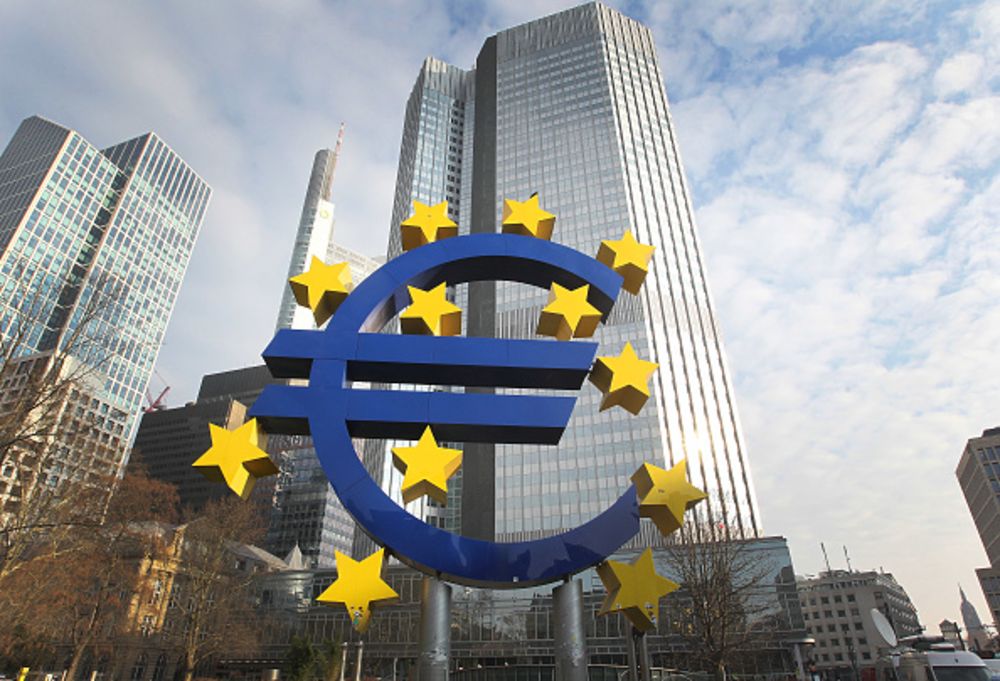|
The inflation rate jumped to 4.1% in October, which is the same as the peak of July 2008. This increase was primarily caused by soaring energy prices on the back of the gas crisis and a steady rise in oil prices, but services inflation was also a contributing factor boosting core inflation, from 1.9 to 2.1%.
The energy inflation rate is surging and is currently at 23.5%. However, there is an expectaiton of falling energy prices in the first half of next year and this, if it happened, would lead to disinflationary pressures. This remains to be seen. Core inflation is made up of steadily increasing goods inflation as businesses pass on their price increases to the consumer, due to the supply chjain price pressure they are facing. This is set to last for some time as price pressures are not likely to ease any time soon and probably well into 2022. The increase in services inflation was more related to base effects from last year than anything else though, so while an increase from 1.7% to 2.1% looks alarming, the monthly rate of 0% inflation reveals cautious price increases despite the strong reopening in terms of demand. Christine Lagarde said yesterday that the ECB is confident that their analysis is correct on how temporary inflation is. The market seems far from confident though as rate hike expectations have been coming forward to within a year from now. The key question for whether that earlier rate hike is justified is when second round effects will come into play. The higher inflation rate will provide a significant basis for very assertive wage negotiationss, which could lead to second round effects on inflation. If this happens quickly enough, the current spell of high inflation may not be as temporary as the ECB suggests. However, wage growth is still very low and has yet to break from a declining trend, but I don't think adds up to temporary inflation. This is begining to look a lot tile something more longer lasting. Watch this space.
0 Comments
|
AuthorTim the trader Archives
January 2025
Categories |
Site powered by Weebly. Managed by iPage

 RSS Feed
RSS Feed